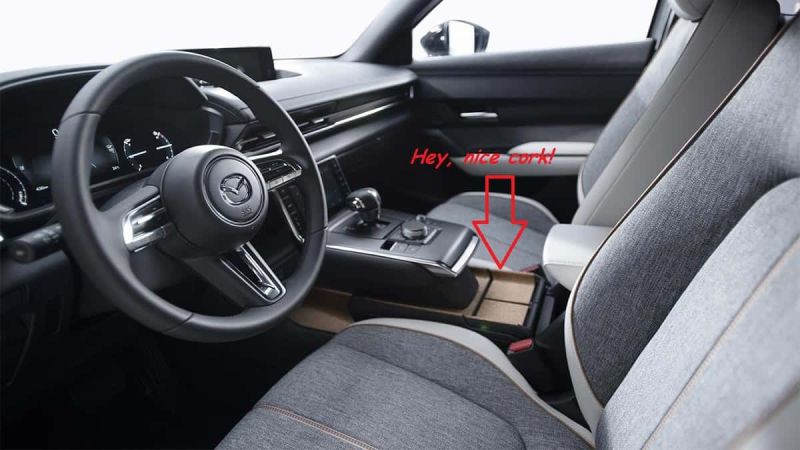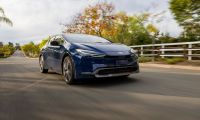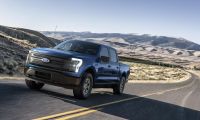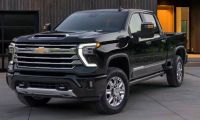Mazda's newest crossover is the electric MX-30 arriving this fall in the U.S. Market. When this exciting modern crossover arrives, it will be trimmed in part with one of man's oldest construction materials, cork. The choice has a lot to do with sustainability but also is a nod to the company's past.
Related Story: Mazda Is America's New "High-Volume" Premium Crossover Automaker
Mazda was originally formed from a company named the Toyo Cork Kogo Corporation. The brand name Mazda was an adaptation of the company founder's name. Modern Mazda is an automobile manufacturer, and cork is making new inroads in many construction and manufacturing industries.
We all know cork from its once ubiquitous use in wine bottles and other containers. While cork does its job well, a percentage of cork-stopped wine is ruined each year due to a chemical reaction with cleansing agents used in wine production. Thus, it has been replaced in some bottles by newer materials resistant to these chemicals.
Cork is fire-resistant, non-absorbant, tear and scratch-resistant, and renewable. Unlike other wood products used in automobiles, a tree is not cut down to produce cork. Rather, the bark is stripped off and will grow back for later re-harvesting. Incredibly, cork-harvest trees pull more CO2 from the environment than non-harvested trees.
Mazda's designers chose cork to add warmth and texture to both the floating center console and the door grips of the new MX-30. We have highlighted the material at the top of page image.
To learn more about cork, check out this link, or this added reference. For details on the upcoming Mazda MX-30, please see our introductory story.
John Goreham is a long-time New England Motor Press Association member and recovering engineer. John's interest in EVs goes back to 1990 when he designed the thermal control system for an EV battery as part of an academic team. After earning his mechanical engineering degree, John completed a marketing program at Northeastern University and worked with automotive component manufacturers, in the semiconductor industry, and in biotech. In addition to Torque News, John's work has appeared in print in dozens of American newspapers and he provides reviews to many vehicle shopping sites. You can follow John on TikTok @ToknCars, on Twitter, and view his credentials at Linkedin












